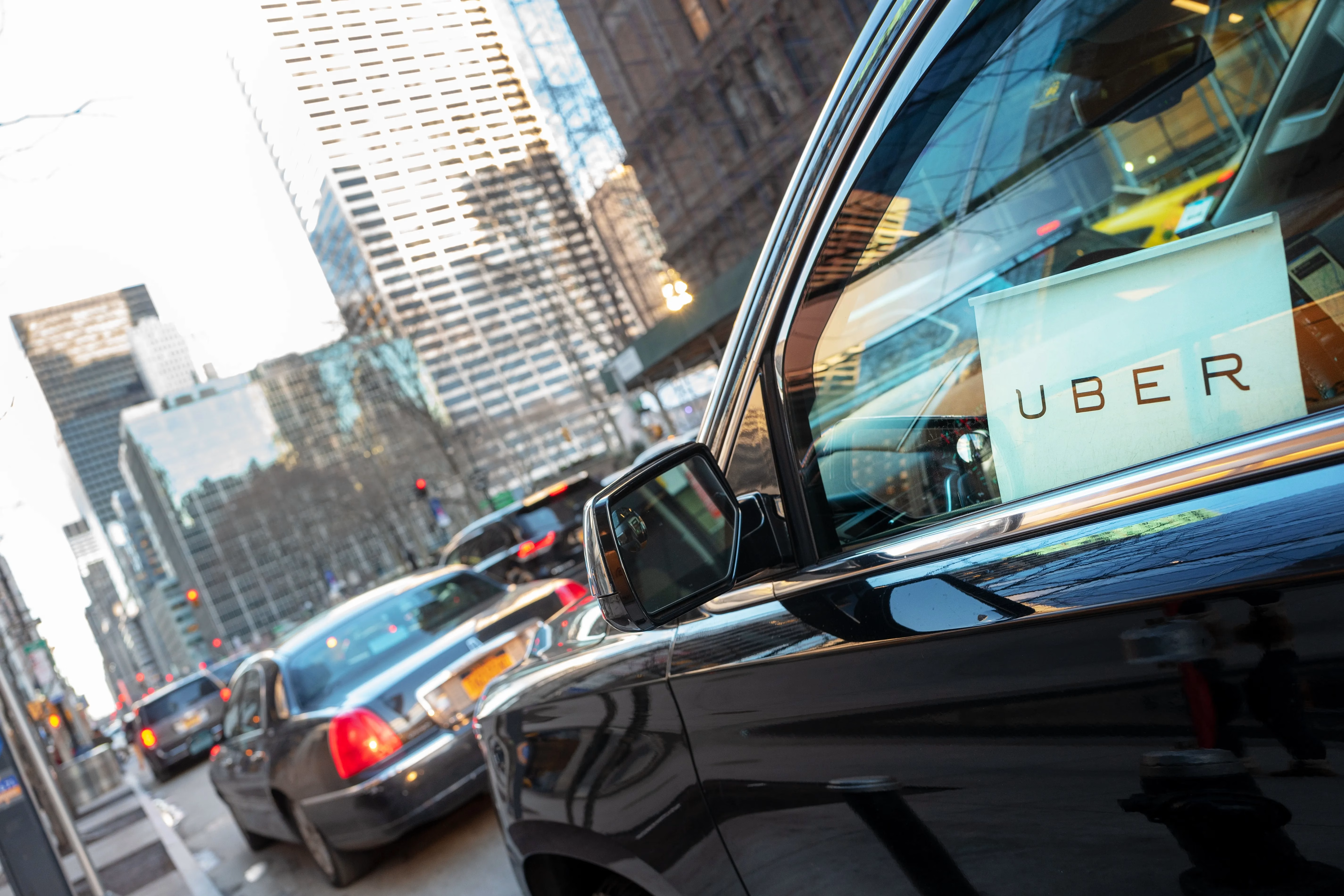Unsealed Documents Reveal Over 400,000 Uber Sexual Assault Reports in US, Sparking Renewed Outcry
The rideshare giant Uber is once again under intense scrutiny following a bombshell revelation from sealed court documents: between 2017 and 2022, a staggering 400,181 Uber trips in the United States resulted in reports of sexual assault or sexual misconduct. That's roughly one incident report every eight minutes over a five-year period, a figure that dwarfs previous public disclosures and raises serious questions about the company's commitment to rider safety and transparency.
The Staggering Discrepancy: Public vs. Private Data
For years, Uber has published "Safety Reports" detailing incidents of sexual assault and other serious crimes on its platform. Their 2019 and 2022 reports, for instance, acknowledged a total of around 12,522 serious sexual assault incidents over the same 2017-2022 period. This new figure of 400,181 reports, however, includes a much broader range of alleged misconduct, from unwanted touching and inappropriate comments to more severe assaults.
This vast difference between what was publicly reported and what was internally tracked is, frankly, alarming. It suggests a pattern of selective disclosure, where the company might have been prioritizing its public image over full transparency regarding safety challenges. While Uber has stated that many of these 400,000 reports were unsubstantiated or minor, the sheer volume still speaks volumes about the pervasive nature of these issues on its platform. It makes you wonder what "minor" really means when someone feels compelled to report it.
Legal Battles Intensify: The Role of Unsealed Evidence
The unsealing of these documents is a direct result of intense legal pressure from plaintiffs in the multidistrict litigation. Hundreds of lawsuits, consolidated in US federal courts, accuse Uber of negligence in its screening processes, its response to incidents, and its overall safety protocols. These newly revealed figures are a significant win for the plaintiffs, providing concrete data that could bolster claims of systemic issues.
Legal firms involved in these cases are already highlighting the data, suggesting it could lead to substantial settlements for victims. We're talking potentially tens of thousands to hundreds of thousands of dollars per victim, depending on the severity of the incident. It's a long road, but this kind of evidence can really shift the scales in court. And it's not just about financial compensation; it's about accountability.
Safety Features: Promises and Perceived Delays
One of the more frustrating aspects for many safety advocates has been the perceived slowness of rideshare companies, including Uber, in implementing robust safety features. Reports indicate that Uber has, at various times, tested and even shelved tools that could enhance rider safety. For example, discussions around features like enhanced background checks or the ability for female passengers to request female drivers have been ongoing for years. Yet, widespread implementation remains elusive.
Why the delay? Critics argue that such features might impact driver availability or operational efficiency, which, from a business perspective, could be seen as a negative. But at what cost? When you see numbers like 400,000 reports, it's hard not to question the priorities. It's a complex balancing act, sure, but the human cost here is undeniable.
What This Means for Riders and the Industry
This latest revelation undoubtedly erodes public trust in Uber, a company that has long struggled with its safety reputation. For millions who rely on ridesharing for daily commutes or late-night trips, these numbers are a stark reminder of the potential risks. It forces riders to be more vigilant, to consider personal safety measures, and to question whether the convenience outweighs the inherent vulnerabilities.
For the ridesharing industry as a whole, this data serves as a critical wake-up call. It underscores the need for greater transparency, more proactive safety measures, and a fundamental shift in how these companies address and report incidents of sexual misconduct. Regulators, too, will likely face increased pressure to mandate stricter safety standards and reporting requirements. The conversation around rideshare safety isn't going away, and frankly, it shouldn't. This isn't just about Uber; it's about ensuring a safer environment for everyone using these services.
